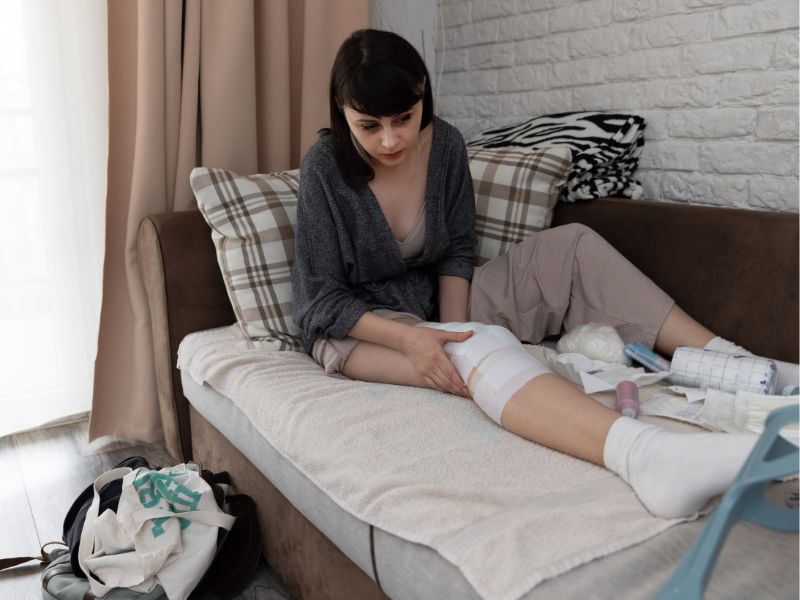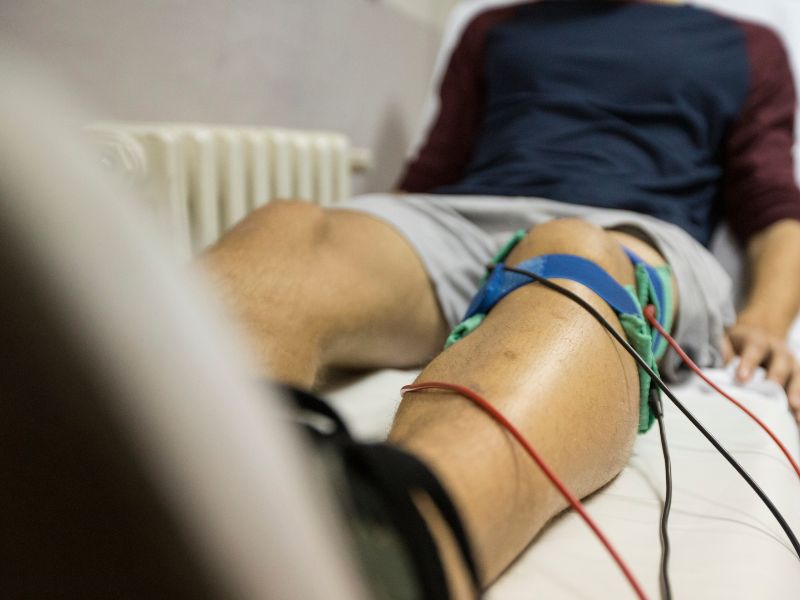The ACL, or anterior cruciate ligament, is a crucial tissue band connecting the thigh bone (femur) to the shin bone (tibia) within the knee joint. Its primary function is stabilizing the knee, especially during movements like pivoting or sudden changes in direction. When this ligament experiences a tear, it can significantly affect mobility and overall quality of life.
Causes Of ACL Tears
ACL tears often occur due to sudden and forceful movements, such as twisting the knee while the foot is planted, abrupt stops or changes in direction, or direct impact on the knee. This injury is commonly seen in athletes, particularly those engaged in sports like football, soccer, basketball, and skiing, where rapid changes in direction are routine.

Canva. com
Symptoms
- Pain and Swelling: The immediate aftermath of an ACL tear is characterized by sharp pain, followed by significant swelling within the knee joint.
- Loss of Stability: A sense of instability or “giving way” in the knee is common, especially during weight-bearing activities.
- Limited Range of Motion: The ability to fully extend or bend the knee may be compromised.
- Audible “Pop”: Some individuals report hearing a loud popping sound at the time of injury.
- Difficulty Walking: Walking may become challenging and, in severe cases, impossible without assistance.

Canva. com
Treatment Options
- Conservative Management: For partial tears or less severe cases, non-surgical methods such as rest, physical therapy, and bracing may help strengthen the surrounding muscles and stabilize the knee.
- Surgical Intervention: Complete tears or instances where conservative methods fail may require surgical reconstruction of the ACL. It typically involves replacing the torn ligament with a graft, often taken from the patient’s body (autograft) or donor (allograft).
- Rehabilitation: Regardless of the chosen treatment, a structured rehabilitation program is crucial to regain strength, range of motion, and stability in the knee. This process may take several months.
